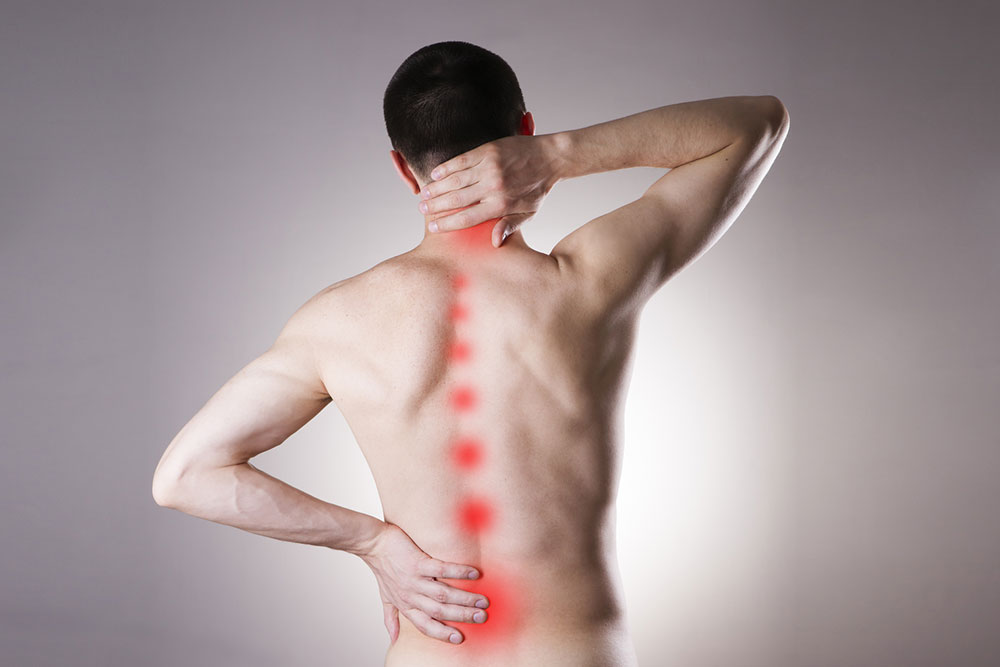Effective Non-Invasive Strategies to Manage Chronic Pain
Explore effective non-invasive strategies for managing chronic pain. Learn about physical activity, chiropractic care, medications, and alternative treatments that can help reduce pain and improve quality of life without surgery. Tailored approaches based on individual needs aim to enhance mobility, lessen discomfort, and promote overall well-being. Consult healthcare professionals to determine the best pain management options suited for your condition.

Effective Non-Invasive Strategies to Manage Chronic Pain
Chronic discomfort can significantly impact daily life, affecting work, relationships, and overall well-being. Fortunately, early diagnosis combined with appropriate treatments can help eliminate or reduce persistent pain. The primary goal of managing chronic pain is to decrease reliance on medications and enhance physical mobility. With proper care, individuals can enjoy a pain-free lifestyle.
Chronic pain refers to pain lasting longer than three months, often resulting from injuries, illnesses, joint conditions, or overuse. Modern medical advancements now offer numerous non-surgical options for relief, reducing dependence on invasive procedures.
Various treatment options are available due to technological progress in medicine.
Common types of chronic pain
Pain can emerge in different body areas and originate from various causes. Injuries from sports or accidents are frequent sources. Back pain, whether in the lower or upper region, is also widespread, often linked to poor posture, prolonged sitting or standing, or spinal injury.
Joints affected by arthritis or degeneration can cause persistent joint pain. Nerve-related conditions can also lead to different types of chronic discomfort.
Determining the appropriate treatment depends on the pain’s cause. Physicians assess factors such as duration, intensity, location, and underlying reason to choose the best approach. The focus is on minimizing medication use, enhancing flexibility, and strengthening affected areas. Since pain is subjective, diagnosis relies heavily on patient reports and medical history.
Here are some leading non-invasive methods for managing chronic pain:
Regular physical activity: Engaging in consistent exercise helps prevent joint stiffness and back pain. It effectively manages injury-related pain and improves strength and flexibility. Always consult a healthcare professional before starting an exercise routine for pain management.
Yoga: Yoga promotes muscle and joint health by strengthening core muscles, leading to greater flexibility and pain relief. Consultation with a doctor before beginning a yoga program is recommended.
Medications: For severe pain, medications like muscle relaxants or opioid analgesics offer immediate relief. However, long-term use can cause side effects, so self-medication is discouraged.
Massage and manual therapy: Massages alleviate muscle tension and discomfort in many cases. Chiropractic treatments can also help reduce back and neck stiffness or pain, providing additional relief.
Heat and cold therapy: Alternating heat and cold application on affected areas can relieve pain naturally and effectively, especially for sports injuries.
Support devices: Using braces or collars supports vulnerable areas like the back or neck, preventing further damage and easing pain.
Acupuncture: This ancient practice involves inserting fine needles at specific points to modulate pain signals, offering another non-invasive option.
Electrical nerve stimulation: Using small electrical pulses to stimulate nerves can provide significant pain relief, especially in chronic cases.
Innovations in medicine have expanded non-surgical options for chronic pain management. Accurate evaluation of pain type and cause is key in selecting the proper treatment. While non-invasive methods suit certain conditions, others may require surgical intervention.










